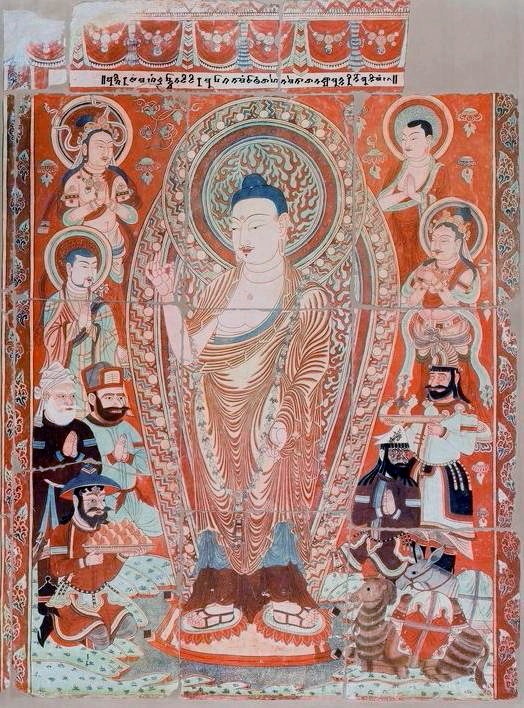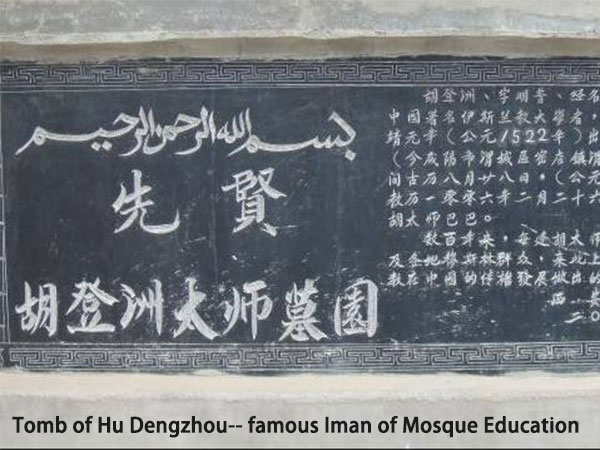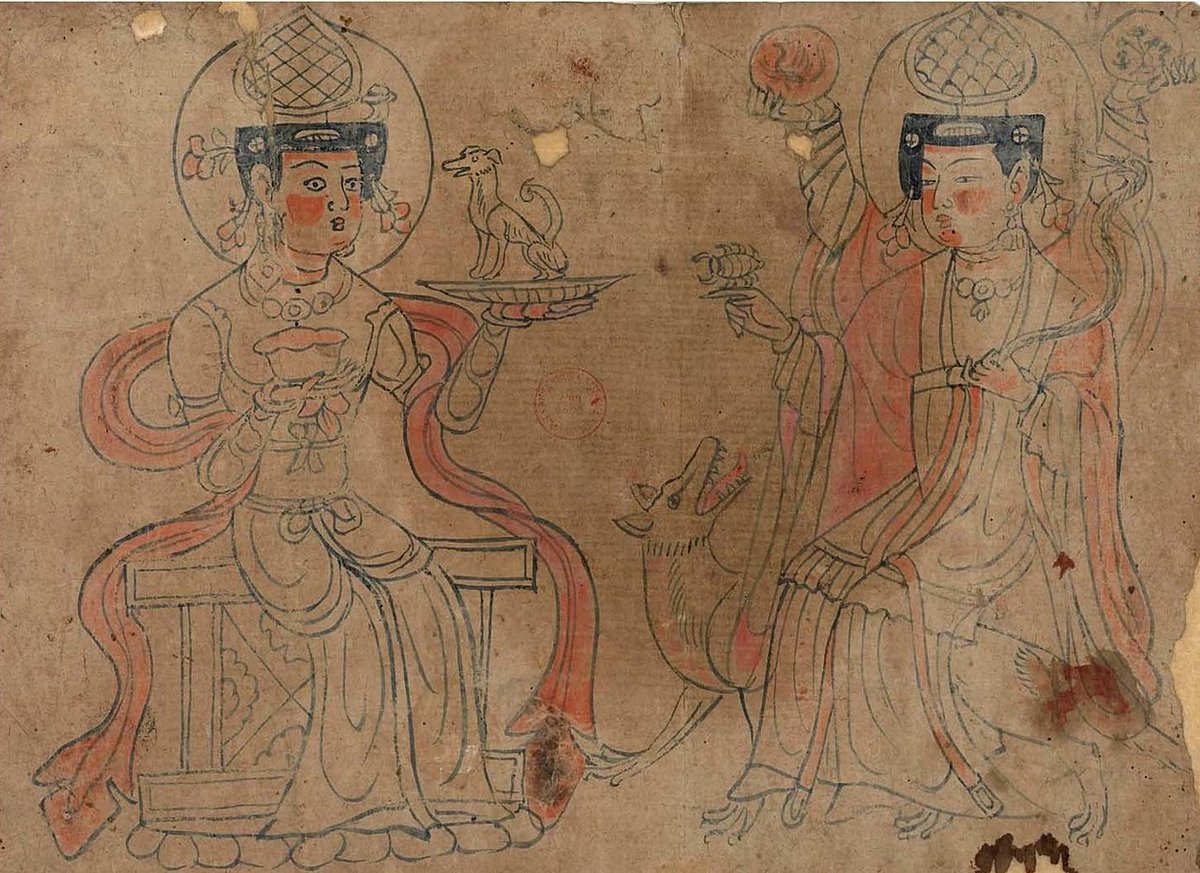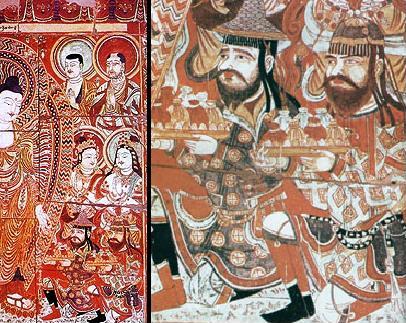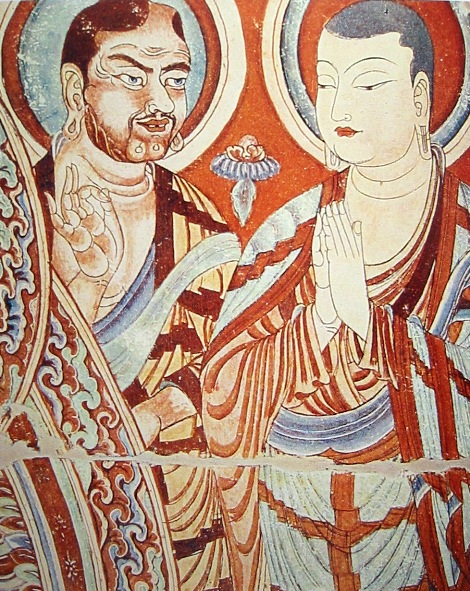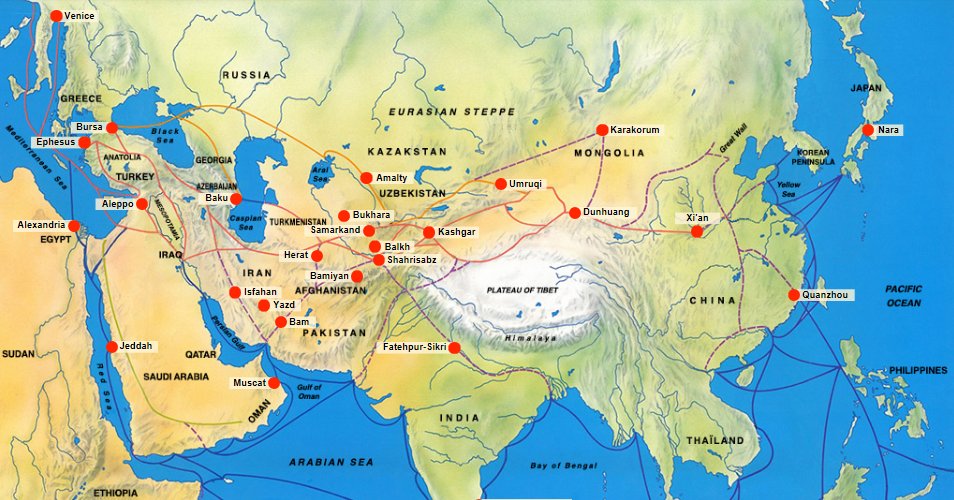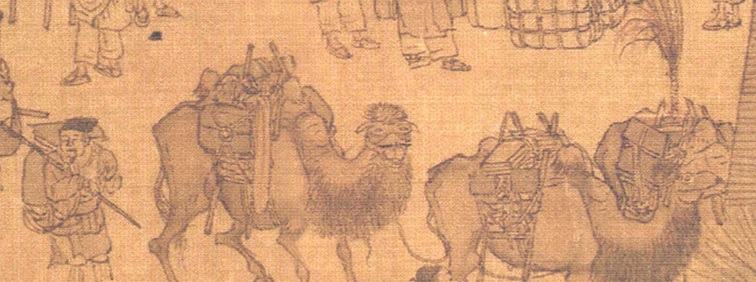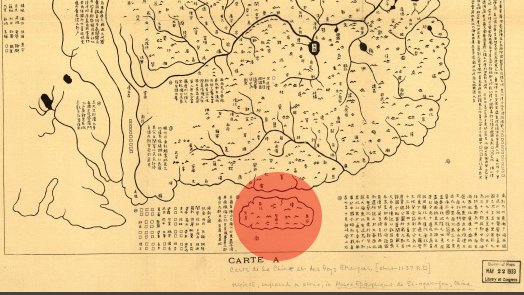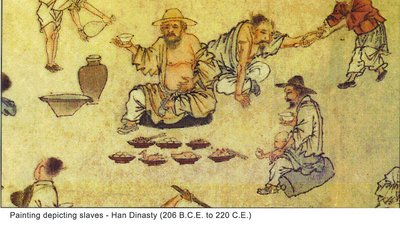
1/ In 1965, a leftist Iranian student movement in Europe declared its support for Mao Zedong's theories. The Revolutionary Organization of the Tudeh Party (Sāzmān-e Enghelābi-ye Ḥezb-e Tūdeh) would become a major faction of the student opposition.
#IranChina by @IranChinaGuy


#IranChina by @IranChinaGuy



2/ The ROTPI claimed “Comrade Mao has evolved Marxism, [and] we must solve issues from the point of view of Mao Zedong Thought." They began circulating translations of the works of Mao Zedong and other militant texts among Iranian students abroad. In pamphlets and periodicals... 

3/ they extolled the virtues of andishe-ye māu se dūn (Mao Zedong Thought). They were an offshoot of the Tudeh, and bitterly opposed to its leadership. To them, the Tudeh were ineffective, disconnected from the situation in Iran, and excessively under Soviet influence. 
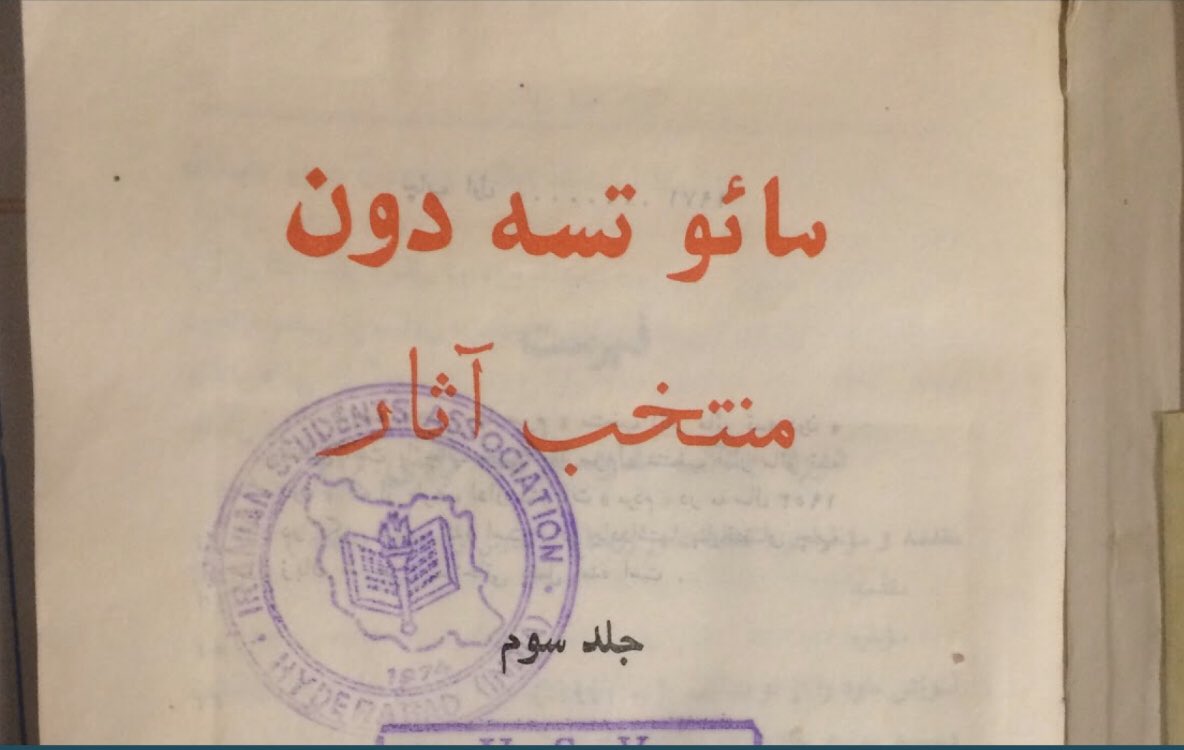
4/ Over the next decade, the ROTPI would repeatedly return to China for military and ideological training, become involved in Chinese propaganda efforts, and play a role in radicalizing Iranian students abroad. In the words of Noureddin Kianouri, former Tudeh General Secretary, 

3/ the ROTPI had “carried away a significant portion of our party's supporters in the West, perhaps 90 percent.”
This Maoist “high tide” was not to last. By 1971, many Iranian leftists began to turn against China as a revolutionary model, partly because Beijing had begun...
This Maoist “high tide” was not to last. By 1971, many Iranian leftists began to turn against China as a revolutionary model, partly because Beijing had begun...
4/ ...openly courting the Shah. The ROTPI also had failed to return to Iran or join the guerilla movement, despite several attempts. Although some Iranian guerilla
organizations continued to endorse aspects of Maoism even after the death of Mao Zedong, they were all ultimately...


organizations continued to endorse aspects of Maoism even after the death of Mao Zedong, they were all ultimately...



5/ crushed by government reprisals. Others continued to operate or merged with the U.S. Communist movement, but they never again gained any significant influence.
In May of 2018, I spoke with Mohsen Rezvani, one of the early leaders of ROTPI in the U.K.
In May of 2018, I spoke with Mohsen Rezvani, one of the early leaders of ROTPI in the U.K.

6/ “The first thing I want to tell you is that we never use the term ‘Maoist.’ Later, people opposed to us called us Maoists, but we never used it.” They preferred “Marxism-Leninism-Mao Zedong Thought”, following the CCP's own formula and Mao's opposition to "isms". 

7/ This was not coincidental, as the RO was formed out of direct contacts between the CCP and activists within the CIS-NU.
The RO originated in the British student movement centered at Manchester University. Among them were Tudeh activists Parviz Nikkhah and Mohsen Rezvani...
The RO originated in the British student movement centered at Manchester University. Among them were Tudeh activists Parviz Nikkhah and Mohsen Rezvani...
8/ Two student activists opposed to the Tudeh leadership's policy to remain in exile and support the Soviets. Rezvani would later reflect that, at the time, “we didn’t have a good weapon” to attack the Central Committee directly. They found this weapon in Mao's little red book. 

9/ Nikkhah was contacted by a Chinese student association abroad in 1964. At that time, the CCP was actively recruited Communist dissidents willing to endorse their agenda in the Sino-Soviet split. They translated Maoist materials and distributed them globally. By the mid-1960s, 

10/ Maoism was popular among student groups and Third World radicals, from Berkeley to Beijing. In this spirit, the CCP student delegation invited Nikkhah and Rezvani to the Chinese embassy in London, and from there, to visit China and meet with party officials about sponsorship. 





11/ At the time, there were no direct flights to Beijing, so Rezvani and a few others took a roundabout route from Rangoon via London and Paris. Rezvani recalls with some humor a story that is revealing of the students’ position vis-a-vis the CCP. To their surprise, on arrival...
12/ in Rangoon, they were greeted by a stylish limousine and a motorcycle escort. At the hotel, a large and richly decorated building, their hosts gave a warm and enthusiastic welcome in broken English to their “guests from Tehran.” The next day, they boarded a flight...
13/ for China alongside the delegation from Albania. The Albanians complained to them that they had
been treated very poorly, given scanty accommodations packed tightly into a low quality hotel. This was unusual because Albania was at that time the only Western country allied...
been treated very poorly, given scanty accommodations packed tightly into a low quality hotel. This was unusual because Albania was at that time the only Western country allied...

14/ with the Chinese in the Sino-Soviet split, and was considered an important ally.
Suddenly, both groups realized what had happened simultaneously; the two delegations had accidentally been switched! But how could such a mix-up occur?
Suddenly, both groups realized what had happened simultaneously; the two delegations had accidentally been switched! But how could such a mix-up occur?

15/ It turned out, their hosts had confused the delegates from the Iranian capital “Tehran” with the delegates from “Tirana,” the capital of Albania. As all were communicating in English, the mistake had gone unnoticed at the time. While amusing, this also reveals that...
16/ ...the poor accommodations were meant for the Iranians. In fact, the CCP did not consider the ROTPI to be of particular importance but rather invited them as a part of a larger strategy of engaging with dissident student groups to gain support for its ideological war...
17/ against the Soviets.
What happened next? Well, to find out, you should read my article:
academia.edu/44512953/China…
Or better yet, message me and ask to see my thesis, which contains a chapter that updates and improves on the above article.
What happened next? Well, to find out, you should read my article:
academia.edu/44512953/China…
Or better yet, message me and ask to see my thesis, which contains a chapter that updates and improves on the above article.
That's all for me, folks! Thank you so much! If you want to see more content like this, follow me @IranChinaGuy, where I will be posting more threads about my research and other aspects of Sino-Iranian history every week.
I will post a "thread-of-threads" later today.
-B.F
I will post a "thread-of-threads" later today.
-B.F
• • •
Missing some Tweet in this thread? You can try to
force a refresh








